Is Betting On Wildfires The New Normal? The LA Case Study
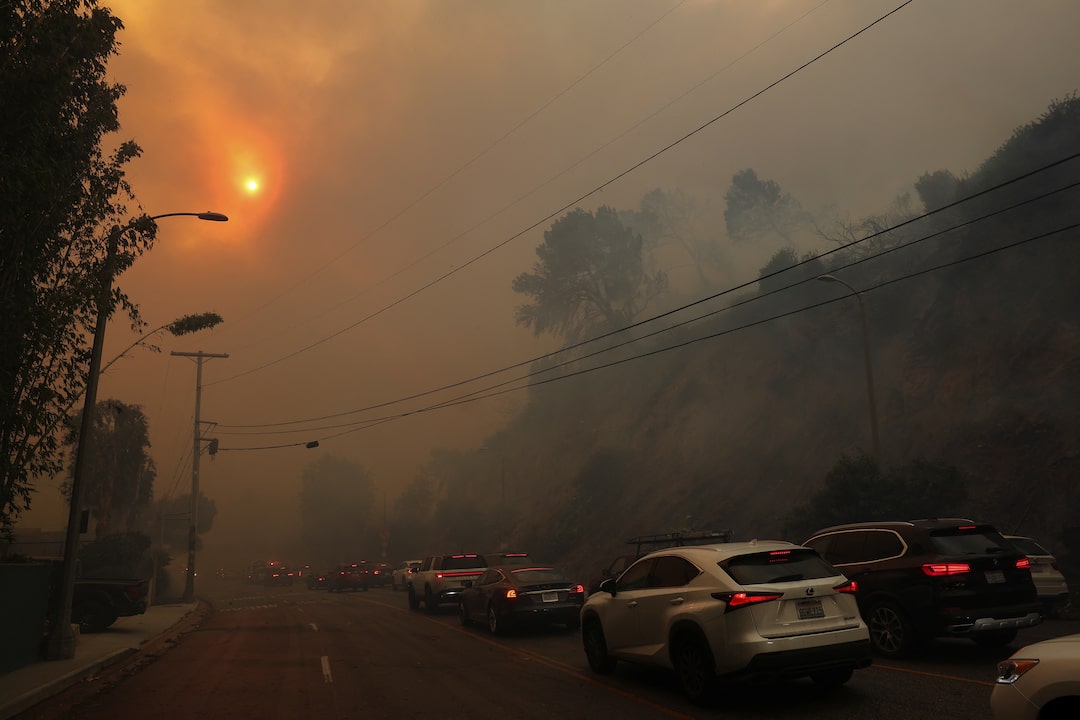
Table of Contents
The Rising Cost of Wildfires in Los Angeles
The cost of wildfires in Los Angeles is skyrocketing. The financial burden extends far beyond immediate property damage; it encompasses infrastructure repair, healthcare costs for smoke-related illnesses, and the long-term economic impact on affected communities.
-
Increasing Property Damage and Insurance Claims: Over the past decade, the financial toll of wildfires in LA has increased exponentially. The average cost of property damage per wildfire event has risen dramatically, leading to a corresponding surge in insurance claims. This has resulted in:
- A significant increase in average home insurance premiums in high-risk areas.
- Multiple instances of insurers denying or limiting coverage in wildfire-prone zones.
- Billions of dollars in payouts following major wildfire events like the Woolsey and Getty fires.
-
The Role of Climate Change in Exacerbating Wildfires: The undeniable link between climate change and increased wildfire risk cannot be ignored. Prolonged droughts, higher temperatures, and shifting wind patterns are creating ideal conditions for more frequent and intense wildfires. This is supported by:
- Numerous scientific reports from organizations like the IPCC and NASA.
- Observations of longer fire seasons and increased acreage burned annually.
- Expert opinions highlighting the escalating threat posed by climate change to California's already vulnerable ecosystem.
How "Wildfire Betting" Manifests in Los Angeles
The escalating wildfire risk in Los Angeles is forcing individuals, businesses, and government entities to make strategic financial decisions—effectively "betting" on the future. This manifests in several ways:
-
Insurance Companies and Risk Assessment: Insurance companies are adapting to this increased risk by:
- Significantly increasing premiums in high-risk areas.
- Implementing stricter underwriting criteria, potentially denying coverage to some properties.
- Implementing limitations on coverage amounts to mitigate potential losses.
- Developing more sophisticated risk assessment models that incorporate climate data and predictive analytics.
-
Investment in Fire-Resistant Construction: There’s a growing trend toward investing in fire-resistant building materials and design features. This includes:
- Increased use of fire-resistant roofing materials.
- Implementation of defensible space landscaping around homes.
- Widespread adoption of fire-resistant siding and window treatments.
- The rising cost of these materials and construction methods is a significant factor in the overall cost of wildfire risk mitigation.
-
Governmental Policies and Disaster Mitigation: Governmental agencies at all levels are implementing policies designed to reduce wildfire risk. This includes:
- Increased funding for fire prevention and suppression efforts.
- Stricter building codes and land-use regulations in high-risk zones.
- Investments in early warning systems and evacuation planning.
- Public awareness campaigns to educate residents about wildfire preparedness.
Ethical and Societal Implications of "Wildfire Betting"
The financial responses to wildfire risk raise complex ethical and societal concerns:
-
The Moral Hazard of Increased Insurance Payouts: The substantial payouts from insurance claims after wildfires could inadvertently create a moral hazard. This means that:
- Homeowners might be less incentivized to invest in wildfire mitigation measures if they believe they will be fully compensated for losses.
- Insurance companies might struggle to find a balance between providing coverage and ensuring responsible risk management.
-
Equity Concerns and Vulnerable Communities: The impact of wildfires is not evenly distributed. Low-income communities and communities of color often bear the brunt of the consequences, lacking the resources to mitigate risk or recover from losses. This disproportionate impact necessitates:
- Targeted policy interventions to address the unique vulnerabilities of these communities.
- Increased investment in equitable access to resources and support services.
- More inclusive disaster preparedness planning.
Conclusion
The increasing cost of wildfires in Los Angeles, coupled with the financial strategies employed to address the risk—what we’ve termed "wildfire betting"—highlights the urgent need for a proactive and community-focused approach. Understanding the implications of wildfire betting is crucial for protecting your community and your future. Learn more about mitigating wildfire risks today by researching fire-resistant construction techniques, exploring insurance options tailored to high-risk areas, and engaging in community wildfire preparedness programs. Failing to address the complex issues surrounding wildfire risk responsibly only increases the financial and human cost of future disasters.

Featured Posts
-
 Star Treks Romulans A Look At Ian Holms Legacy And Potential Returns
May 27, 2025
Star Treks Romulans A Look At Ian Holms Legacy And Potential Returns
May 27, 2025 -
 Kirby Road Apartments Deed Dispute New York Court Rejects Fraud Claims
May 27, 2025
Kirby Road Apartments Deed Dispute New York Court Rejects Fraud Claims
May 27, 2025 -
 Exploring The Evolving Dynamics Between Randall And Elliot Stabler In Law And Order Organized Crime Season 5
May 27, 2025
Exploring The Evolving Dynamics Between Randall And Elliot Stabler In Law And Order Organized Crime Season 5
May 27, 2025 -
 Jackie Chan And Chris Tucker Reunite At Tiff A Rush Hour Reunion
May 27, 2025
Jackie Chan And Chris Tucker Reunite At Tiff A Rush Hour Reunion
May 27, 2025 -
 Fire Country Season 3 Episode 16 Air Date Streaming And Where To Watch
May 27, 2025
Fire Country Season 3 Episode 16 Air Date Streaming And Where To Watch
May 27, 2025
Latest Posts
-
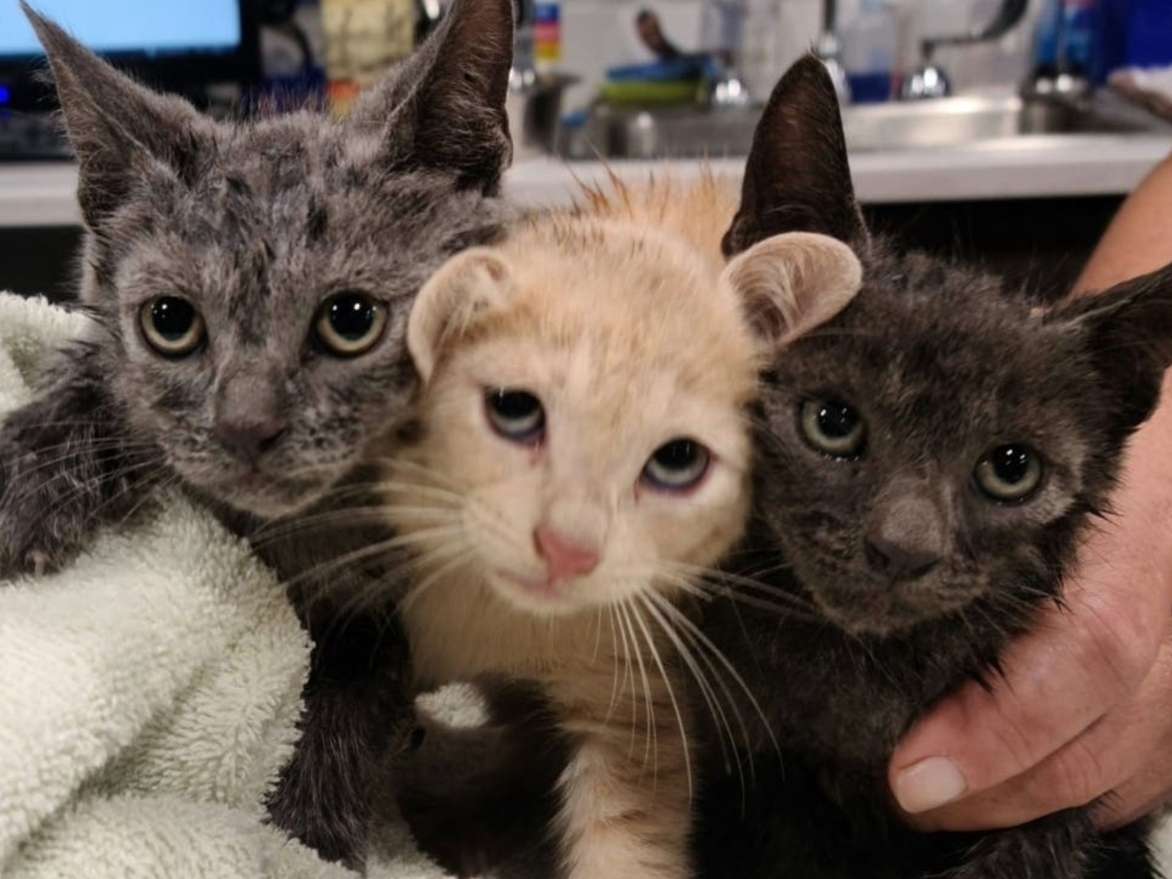 Immediate Action Needed Red Tide Emergency On Cape Cod
May 30, 2025
Immediate Action Needed Red Tide Emergency On Cape Cod
May 30, 2025 -
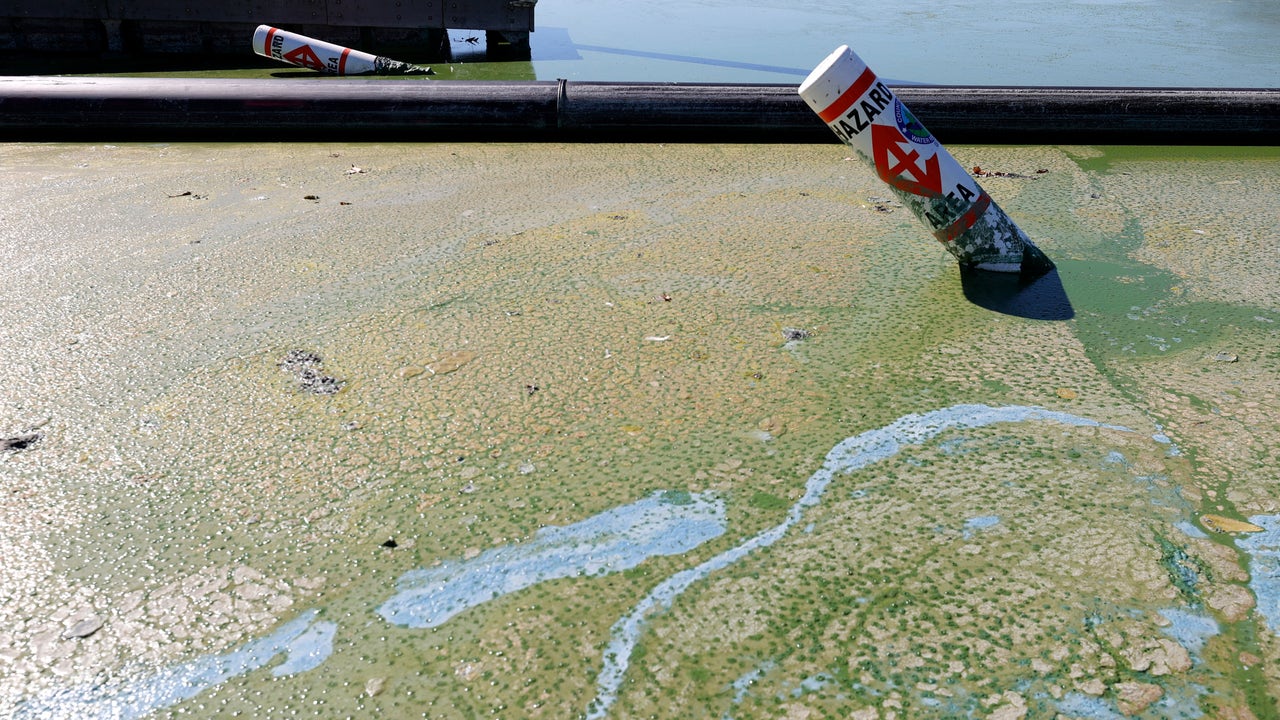 Investigating The Effects Of Toxic Algae Blooms On Californias Marine Ecosystem
May 30, 2025
Investigating The Effects Of Toxic Algae Blooms On Californias Marine Ecosystem
May 30, 2025 -
 Californias Coastal Crisis The Impact Of Toxic Algae Blooms
May 30, 2025
Californias Coastal Crisis The Impact Of Toxic Algae Blooms
May 30, 2025 -
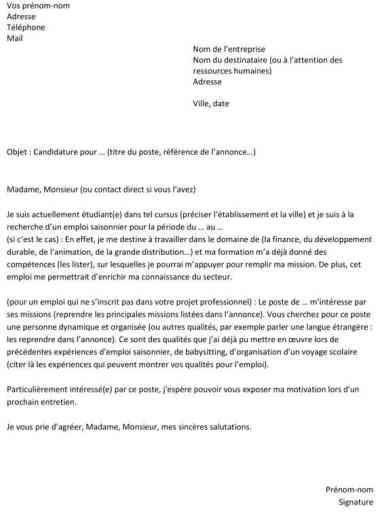 France Vietnam Une Cooperation Pour Une Mobilite Plus Durable
May 30, 2025
France Vietnam Une Cooperation Pour Une Mobilite Plus Durable
May 30, 2025 -
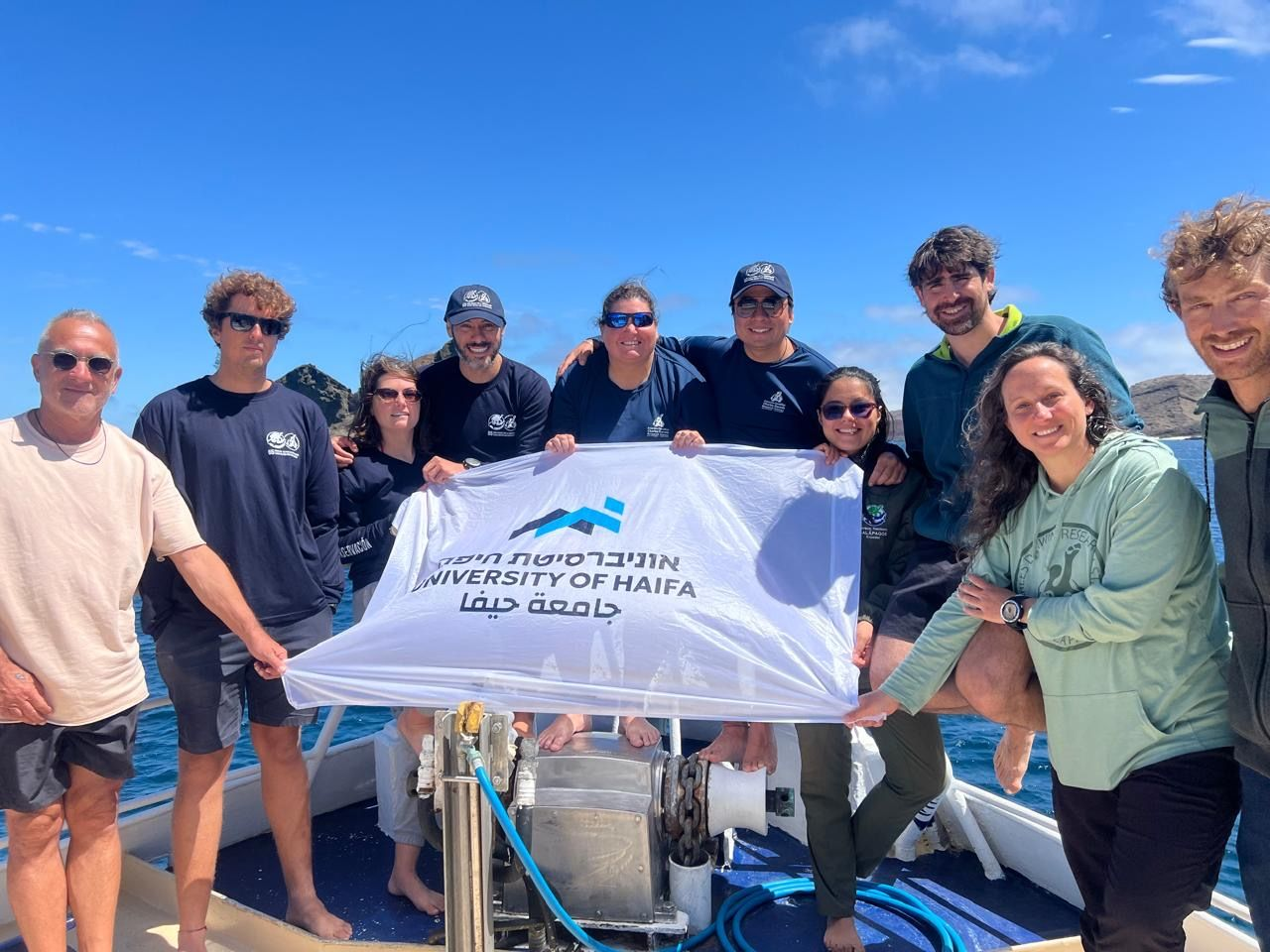 Investigating The Killer Seaweed A Threat To Australias Coastal Ecosystems
May 30, 2025
Investigating The Killer Seaweed A Threat To Australias Coastal Ecosystems
May 30, 2025
